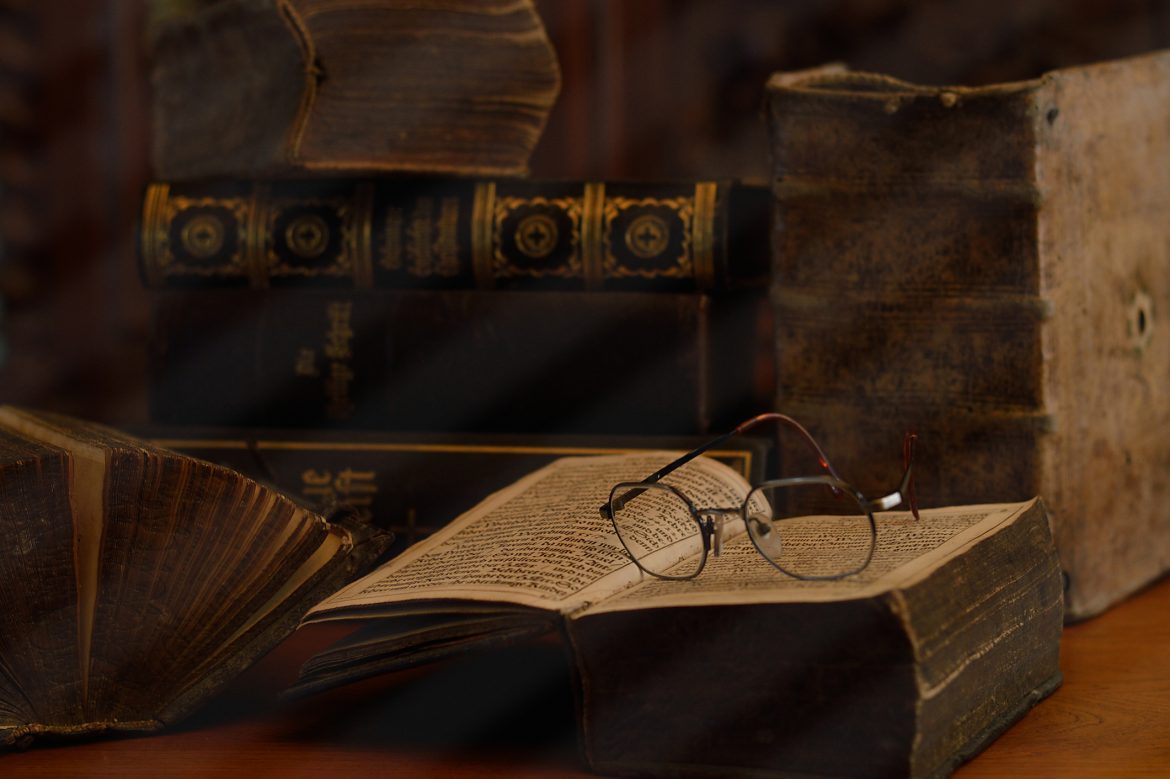Researchers at UCL Institute for Sustainable Heritage carried out an interesting project. They have created something called “Historic Book Odour Wheel” as part of an experiment in their study on smells of the past. The results of this experiment carried out with the visitors to St. Paul's Cathedral's Dean and Chapter library in London were recently published.
When the visitors were asked how the library smelled, the leading answer turned out to be “woody” stated by 100% of the visitors. Other responses that followed were 'smoky' (86%), 'earthy' (71%), and 'vanilla' (41%). About 70% of the visitors described the smell as pleasant, 14% as mildly pleasant, and 14% as neutral.
In another experiment, researchers asked the visitors of the Birmingham Museum and Art Gallery to describe the smell of an anonymous book from 1928 they obtained from a second-hand bookshop in London. Descriptions included chocolate or chocolatey, as well as coffee, old, wood and burnt. Some visitors even resembled the book’s odour to the smell of fish, human body, worn socks and mothballs.
Smelling museums are not far
Cecilia Bembibre of UCL, corresponding author of the study states “The role of smells in how we perceive heritage has not been systematically explored until now.” Researchers also conducted chemical analyses on volatile compounds sampled from the books to find out whether it may be possible to identify and preserve smells as part of our cultural heritage. Findings from these analyses, coupled with the descriptions provided by the visitors have made it possible to create the “Historic Book Odour Wheel”.
Researchers claim that it may as well be possible to recreate certain smells and hence the ambiances, helping the design of olfactory experiences in museums, allowing visitors to personally experience and understand what the past smelled like.
REFERENCES
- 1. https://m.phys.org/news/2017-04-likepreserving-important-cultural-heritage.html
- 2. https://heritagesciencejournal.springeropen.com/articles/10.1186/s40494-016-0114-1

